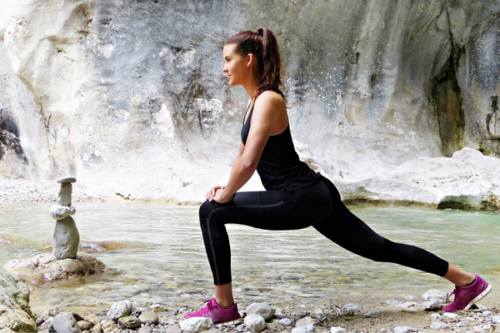Article by the Drummond Team 
The below information is relevant to everyone – both experienced and novice runners. This can help you distinguish between the soreness experienced due to physiological adaptations and the pain which can be detrimental to your goals and therefore requires further assessment. We have also included evidence-based strategies to aid the prevention of injury whilst training.
Why do we experience pain?
Before we delve in to the prevention of injury it’s important to understand why we may be experiencing pain.
Discomfort vs. Pain.
Discomfort; That muscle soreness in the morning or day after a hard run is okay! This is part of our body’s natural physiological processes, please refer to previous articles on recovery strategies such as foam rolling to optimise these adaptations.
Pain; It’s very complex! Although pain is our bodies natural protective mechanism, it can sometimes let us down. If you experience a mechanism of injury (i.e fall over and twist your ankle) it is likely with appropriate rehabilitation and advice you can manage to return to normal activities in a linear fashion. However, when pain becomes chronic and your struggling to manage with daily tasks it is understandable that you can become fearful of even the smallest of movements. If this sounds like you then it is important to see a clinician who understand that these movements are unlikely to be causing further tissue damage and can implement strategies to help restore pain free movement and set goals towards a more active and healthier lifestyle.
Prevention of Injury
We understand that everyone manages their minor aches and pains differently and as mentioned earlier previous articles have been provided to advise you on recovery with different release and rolling exercises. However, lets go that extra mile this year and prevent significant injuries whilst also potentially improving your athletic performance.
A well designed pre-habilitation programme should be; individualised to your injury history, include findings from movement and clinical screening whilst also being appropriate to meet the demands of your sport. An example is provided below for a footballer with a history of ankle sprains.
- Injury History: Re-current Ankle Sprains
Aim; maintain ankle range of motion, ankle stability and proprioception.
Exercises:
- Ankle mobility and control https://vimeo.com/289298914
- Side step with knee lift. https://vimeo.com/284392271
- Single Leg Balance with Med Ball https://vimeo.com/289296379
- Screening in clinic: Reduced hip range of movement
Exercises:
- Hip opener https://vimeo.com/channels/955258/225446250
- Knee Rocking https://vimeo.com/284392272
- Kneeling Hip Flexor with Reach https://vimeo.com/channels/955258/225446023
- Demands of sport: Acceleration/Deceleration and Change of Direction.
Exercises:
- Bounding & Hopping – https://vimeo.com/236423979
- Lateral Skaters – https://vimeo.com/236425203
Above is a simple way of adding 8 exercises specific to you and your sport. This can also be applied to recreational and/or elite runners of all disciplines. Completing an individualised programme 15 minutes prior to your session has shown to minimise the risk of injury.
